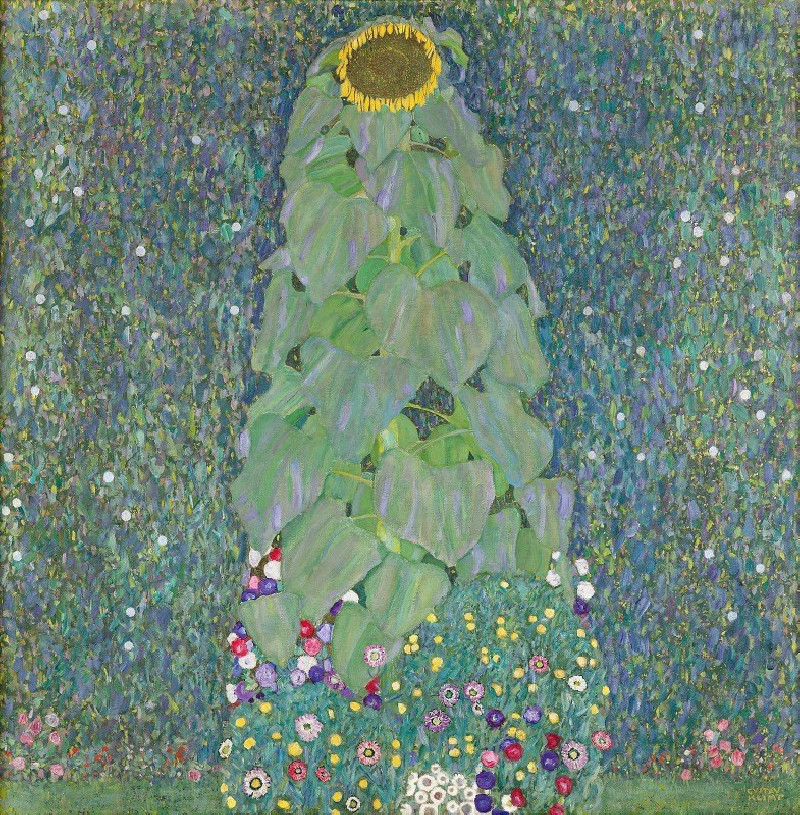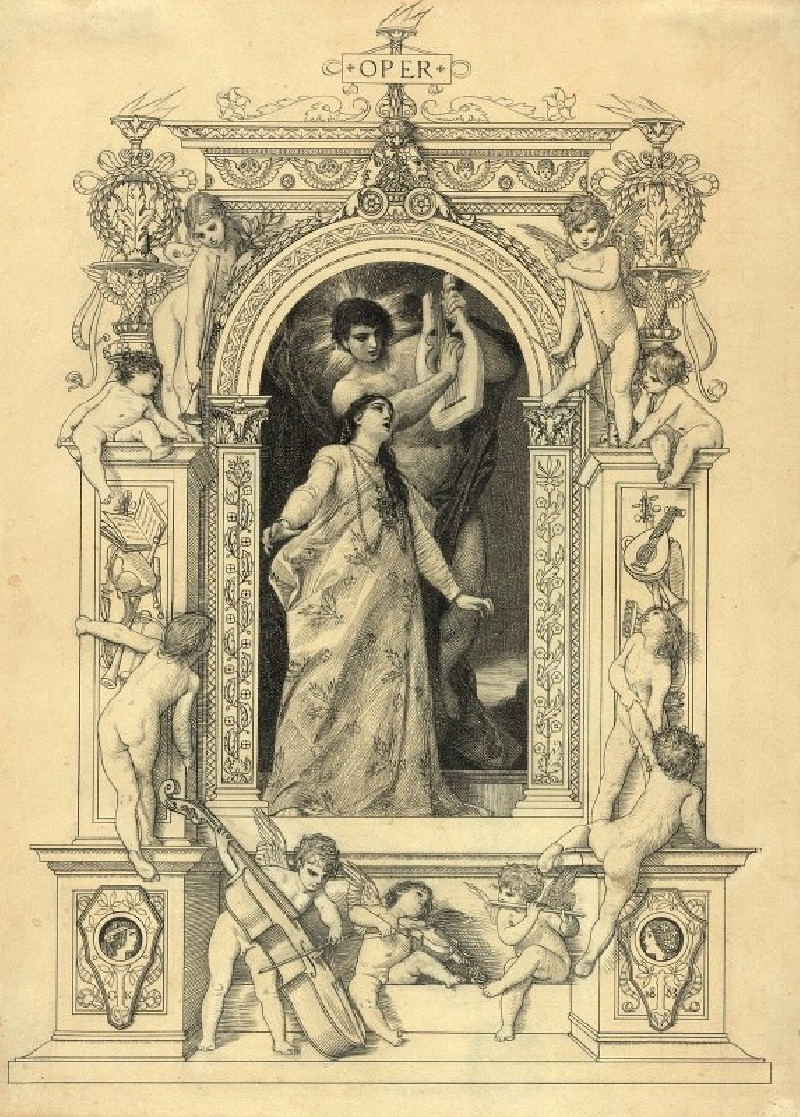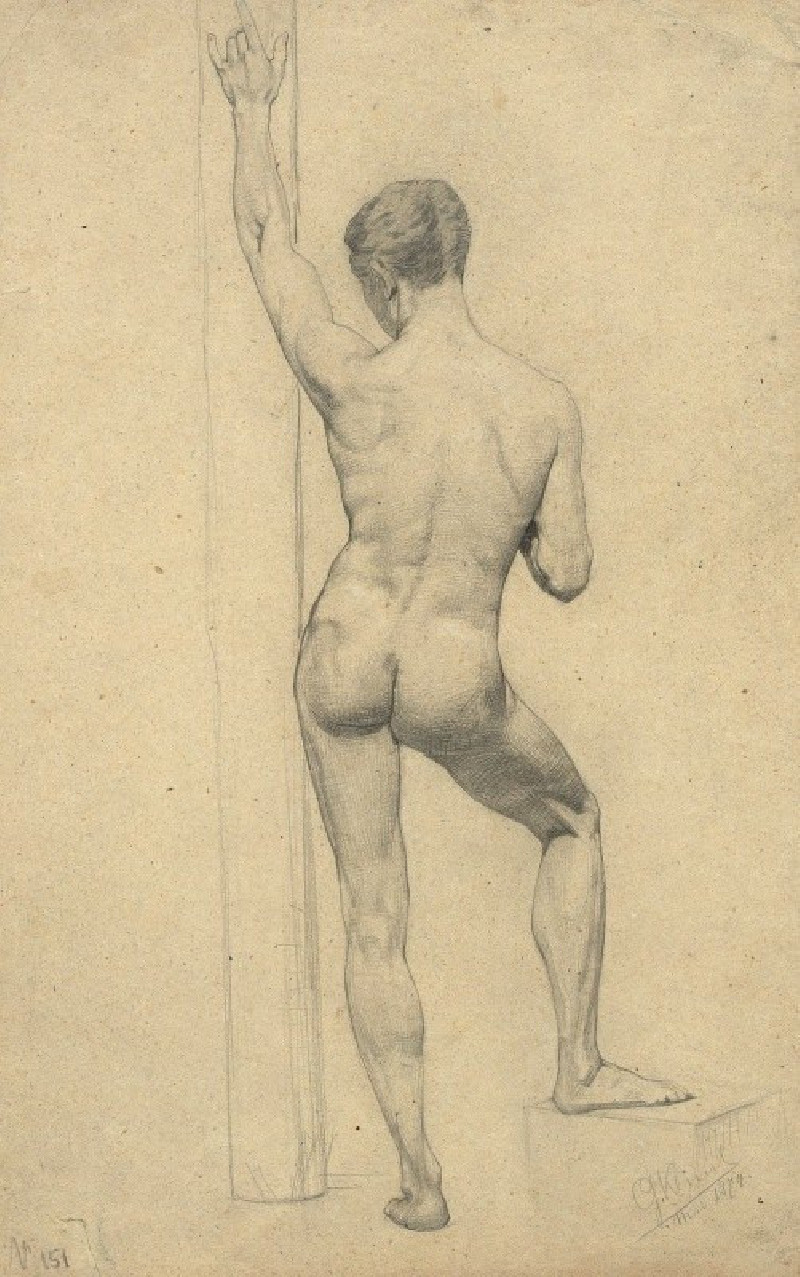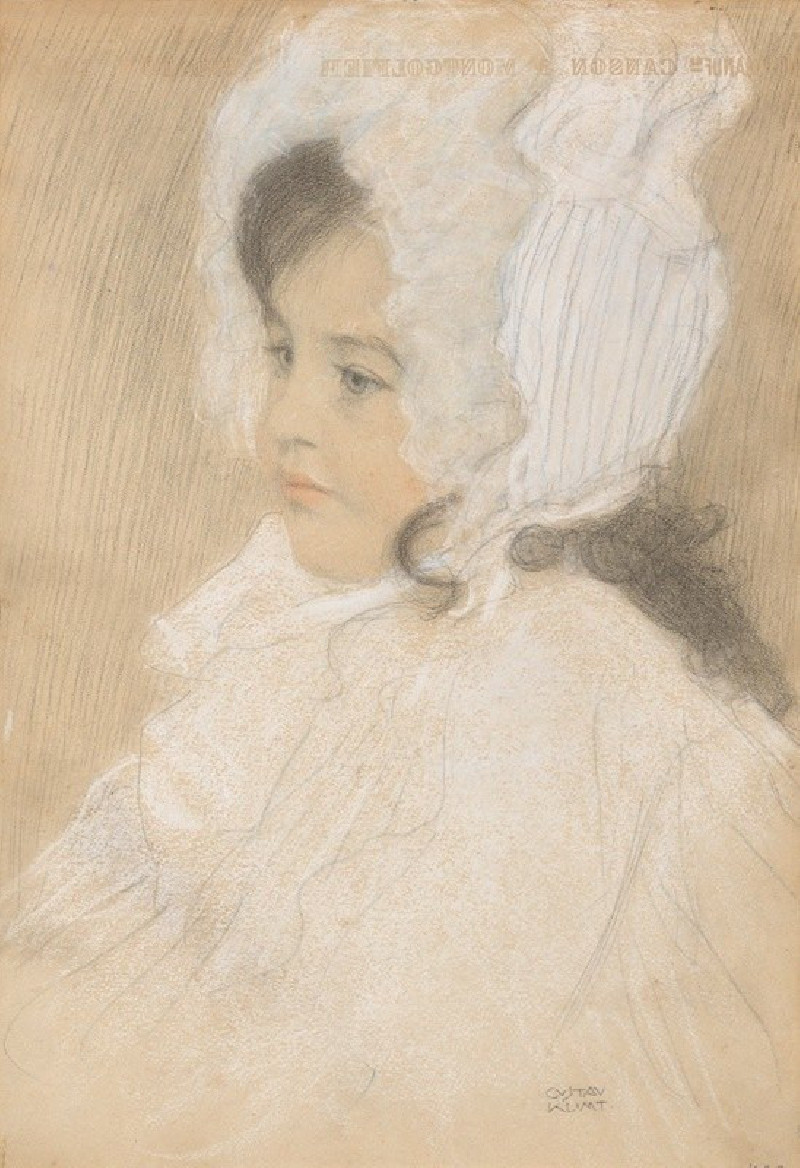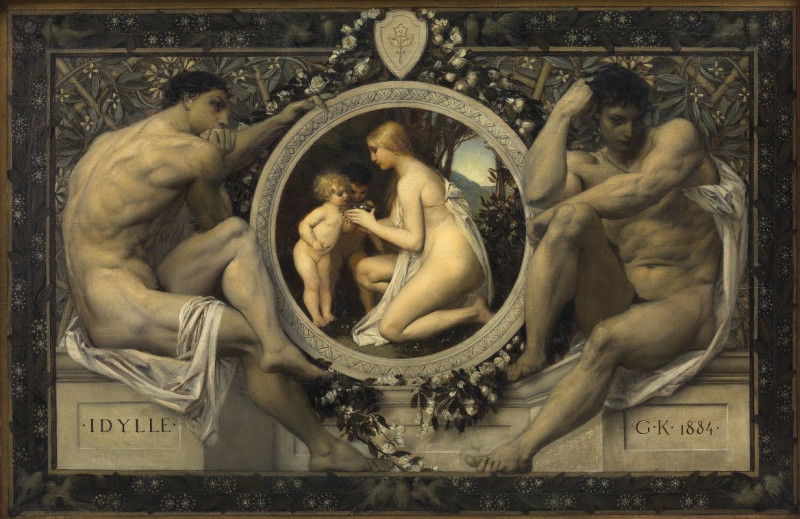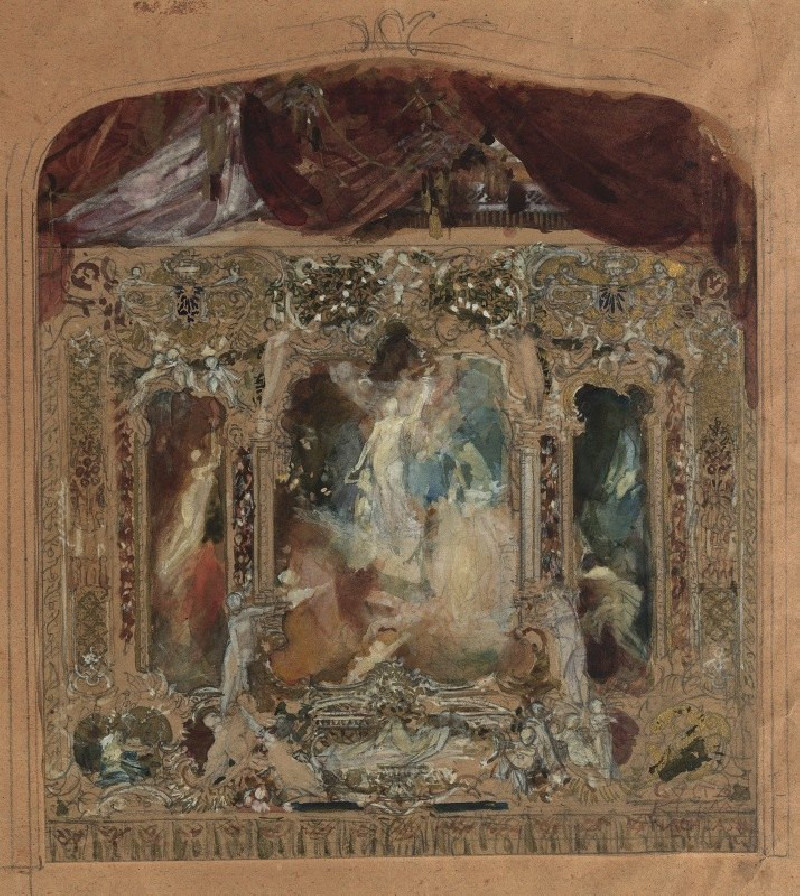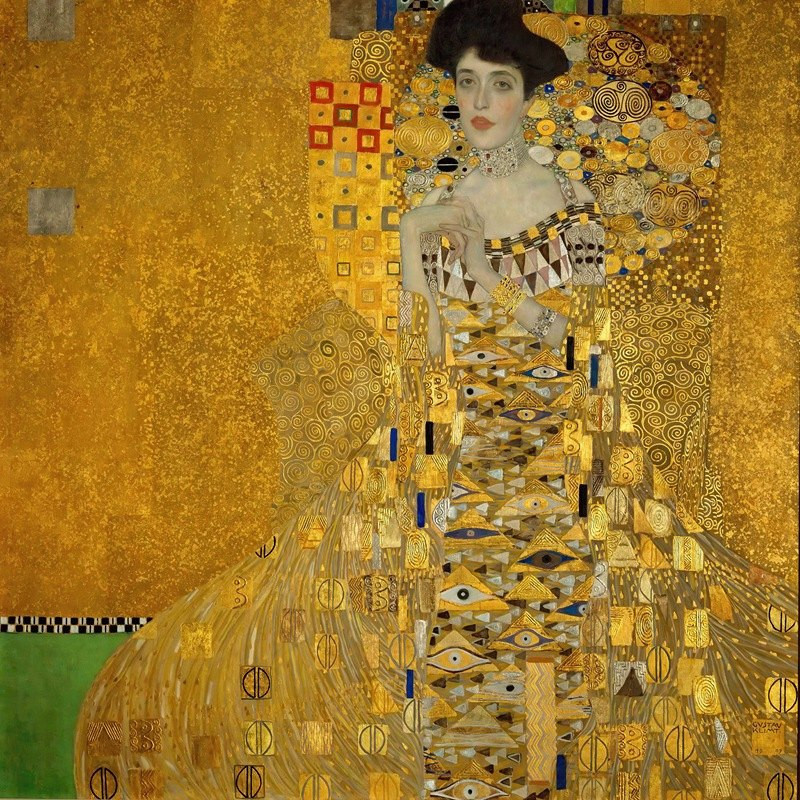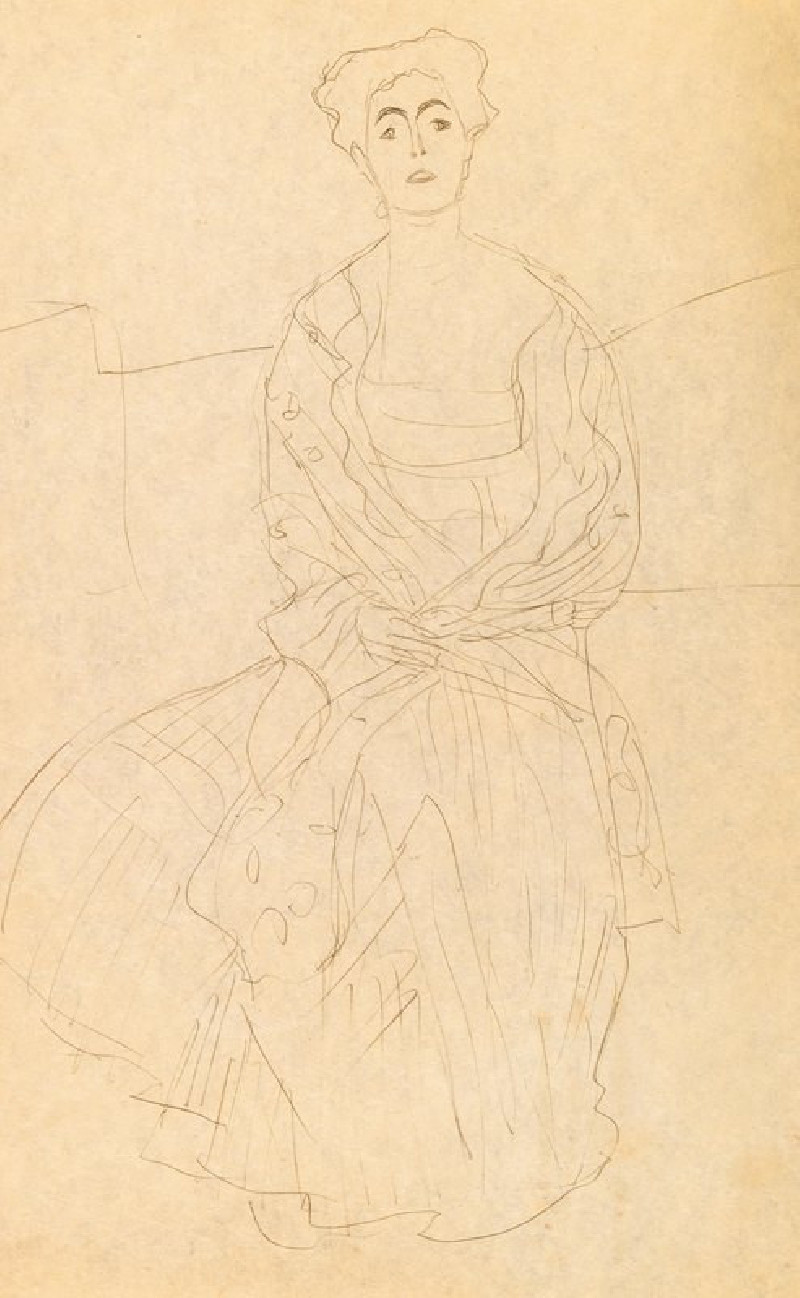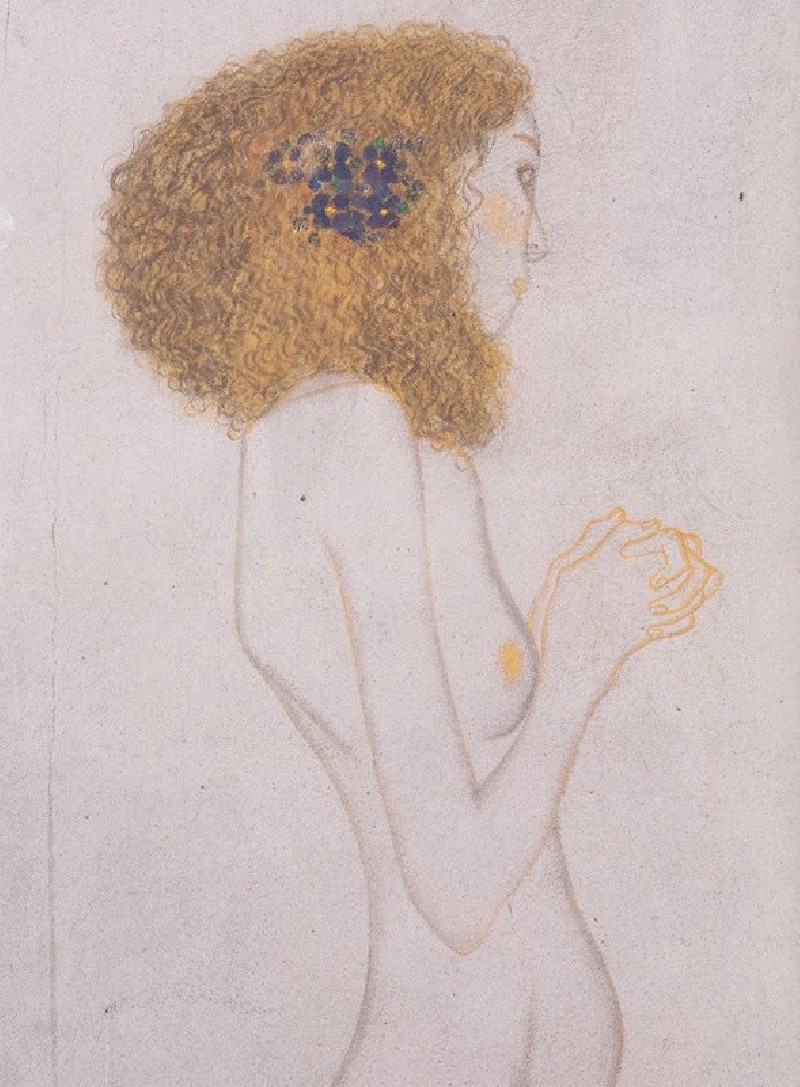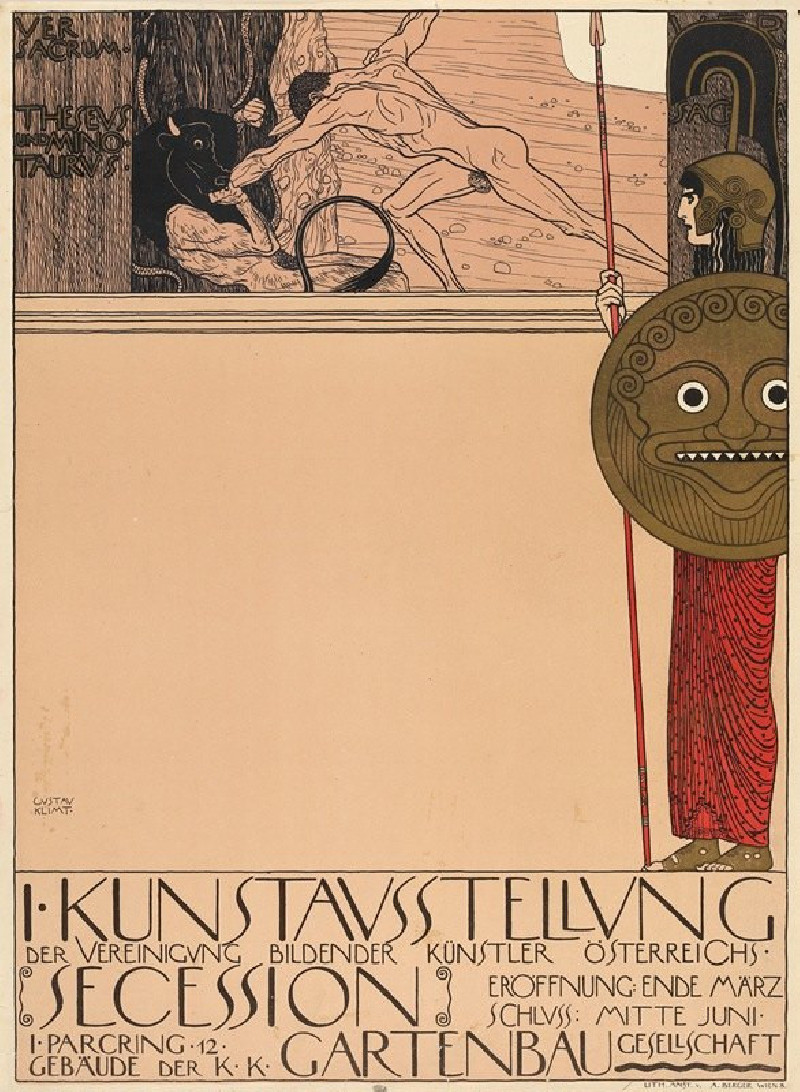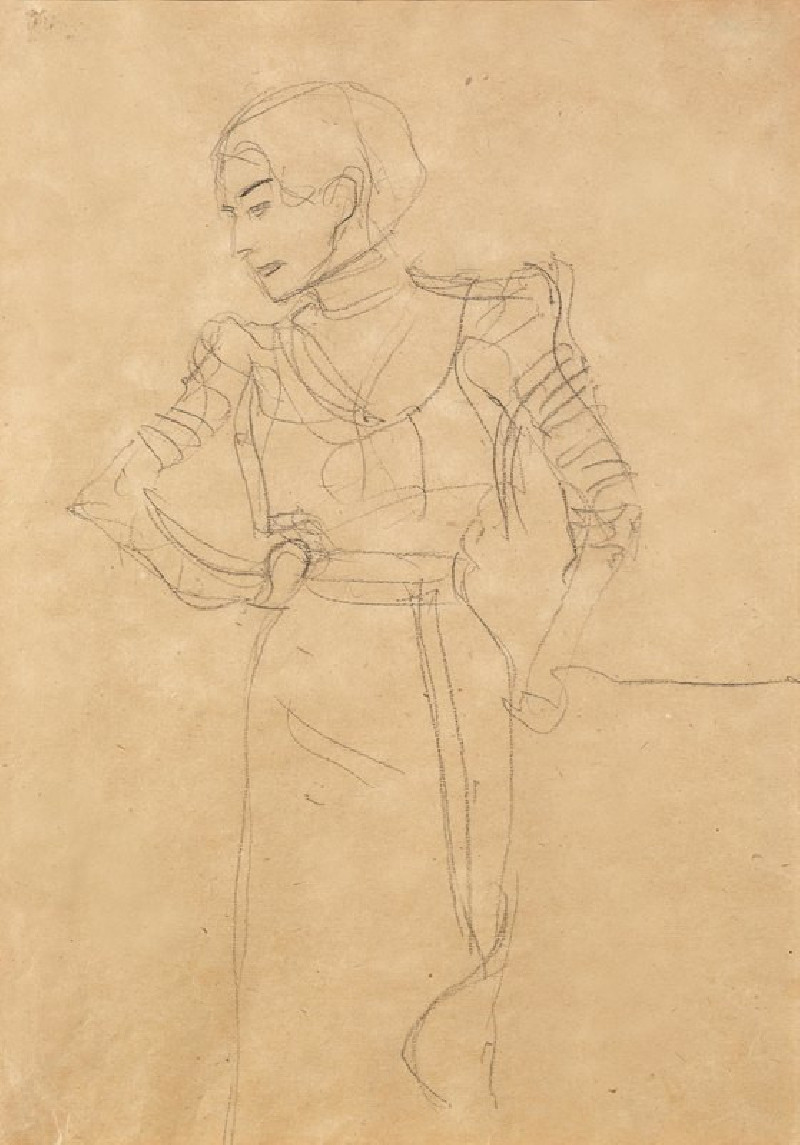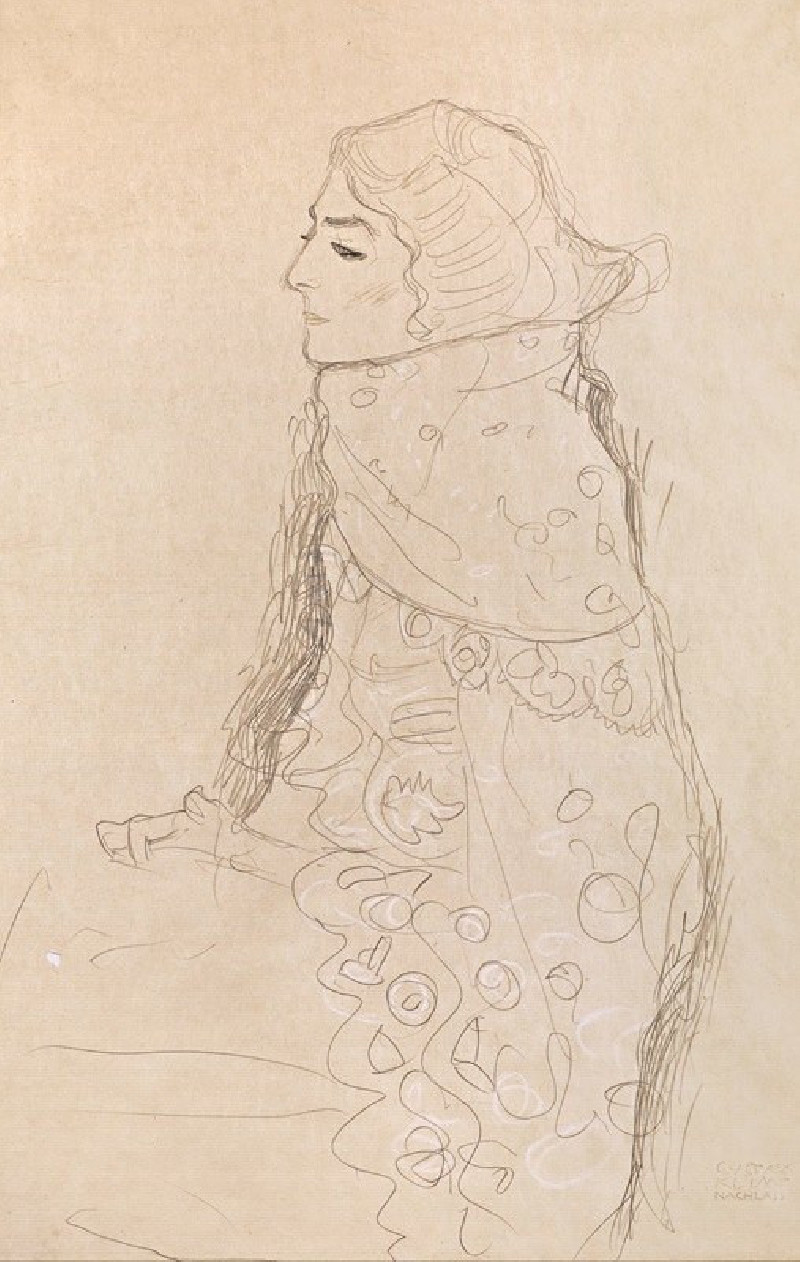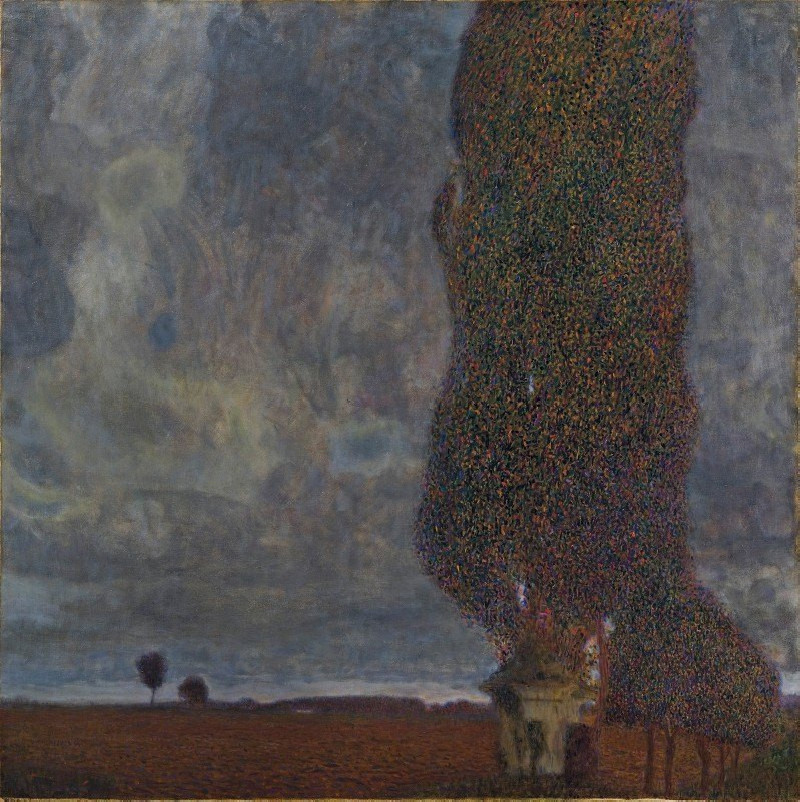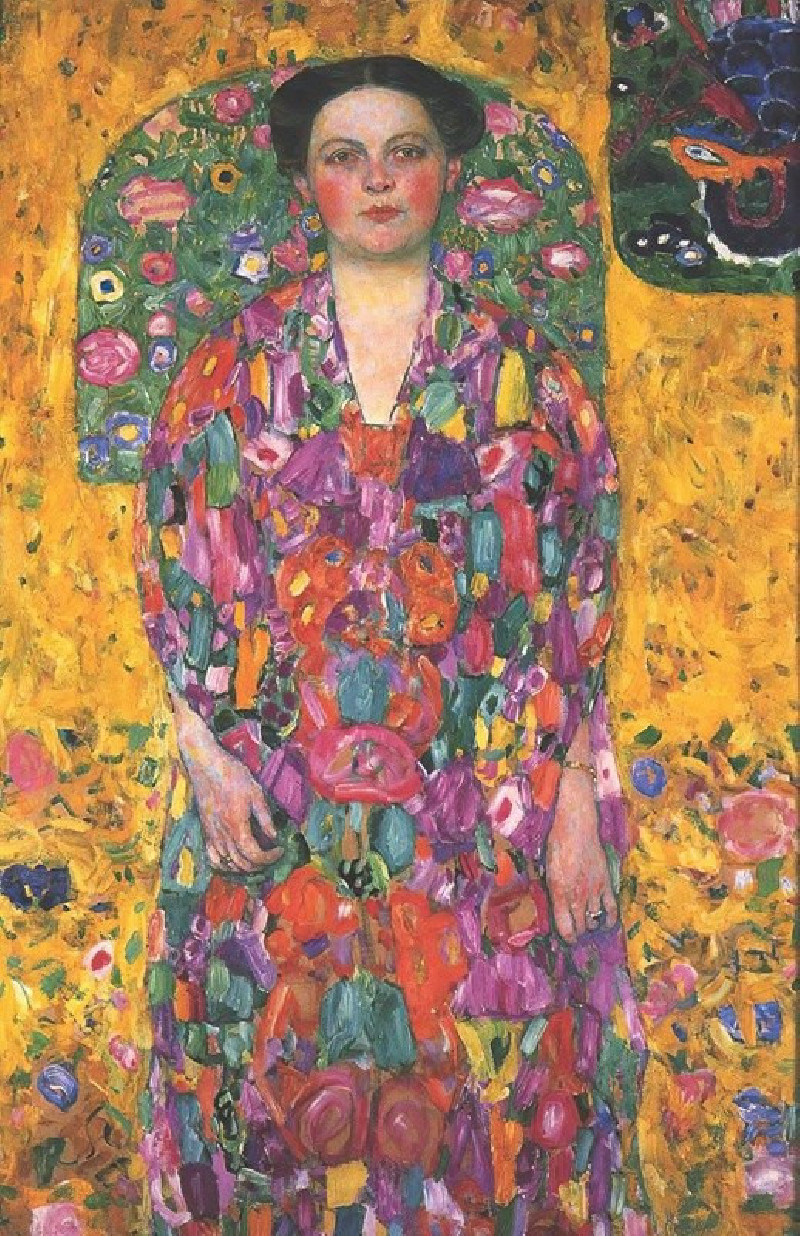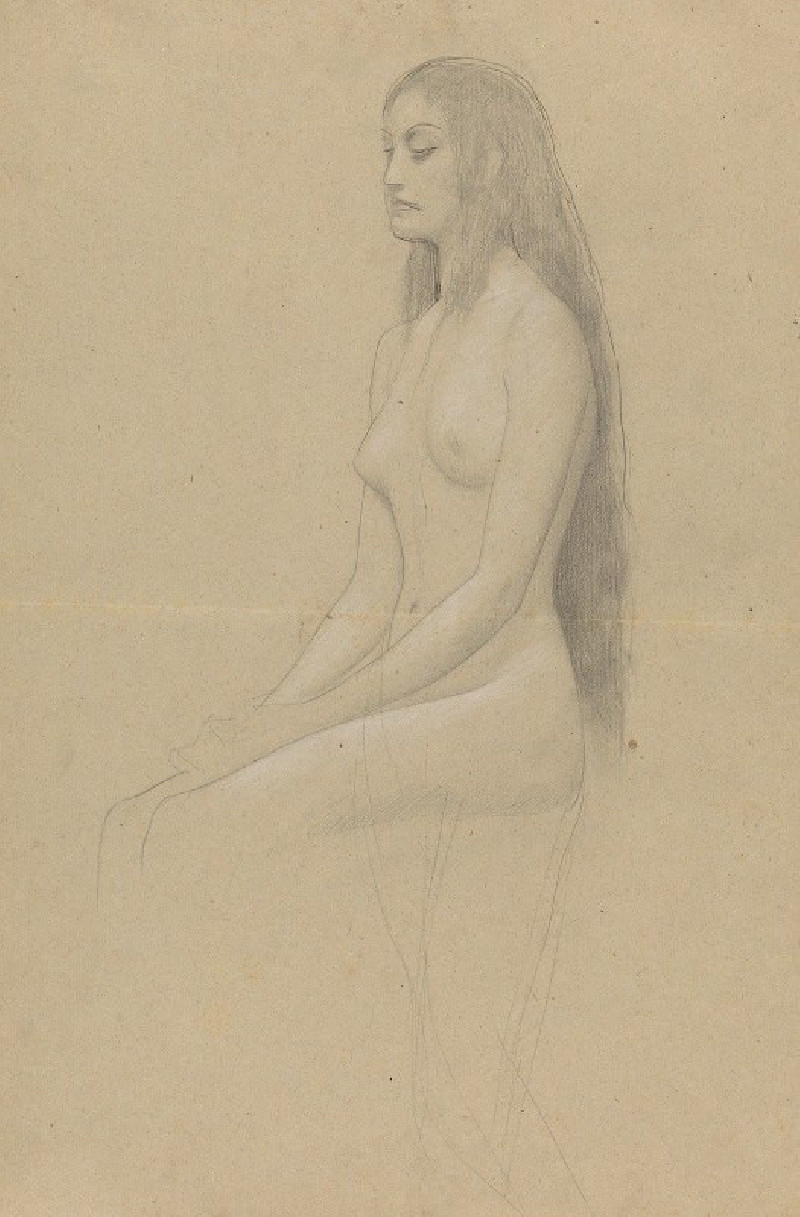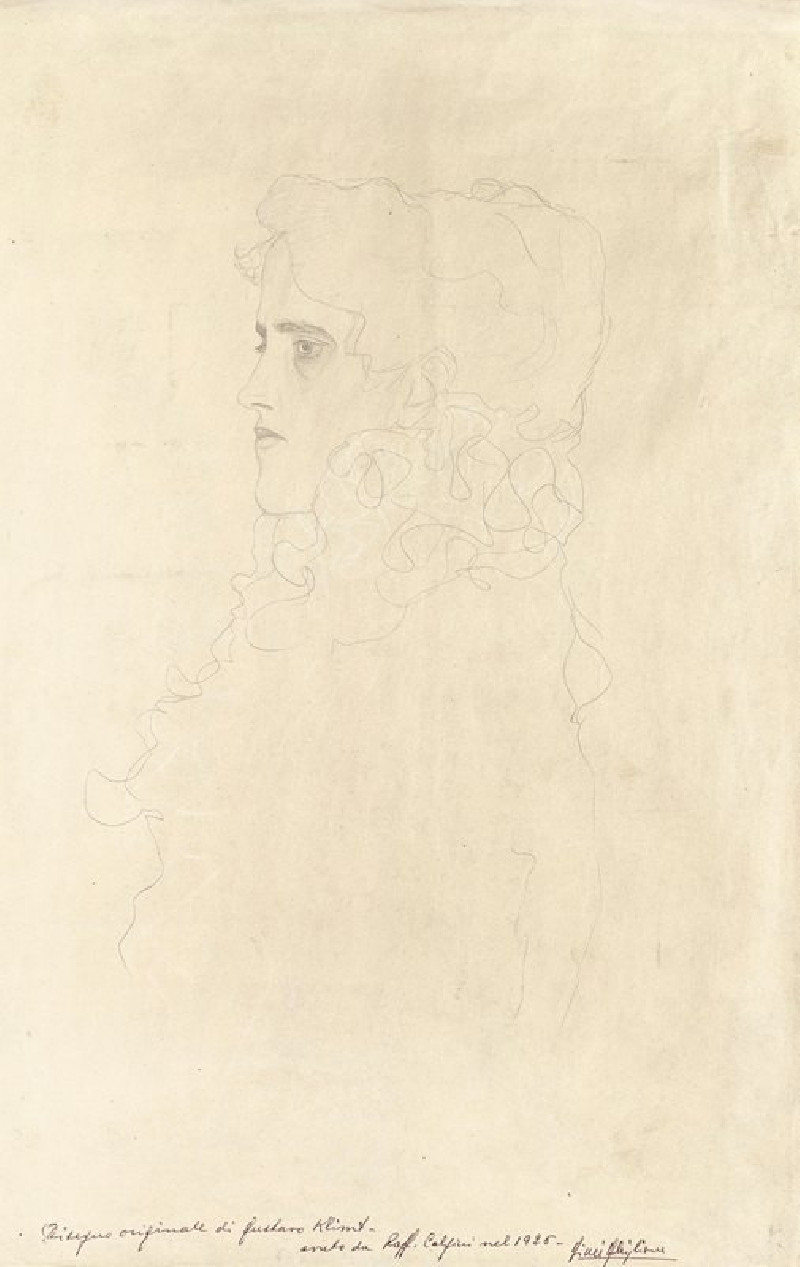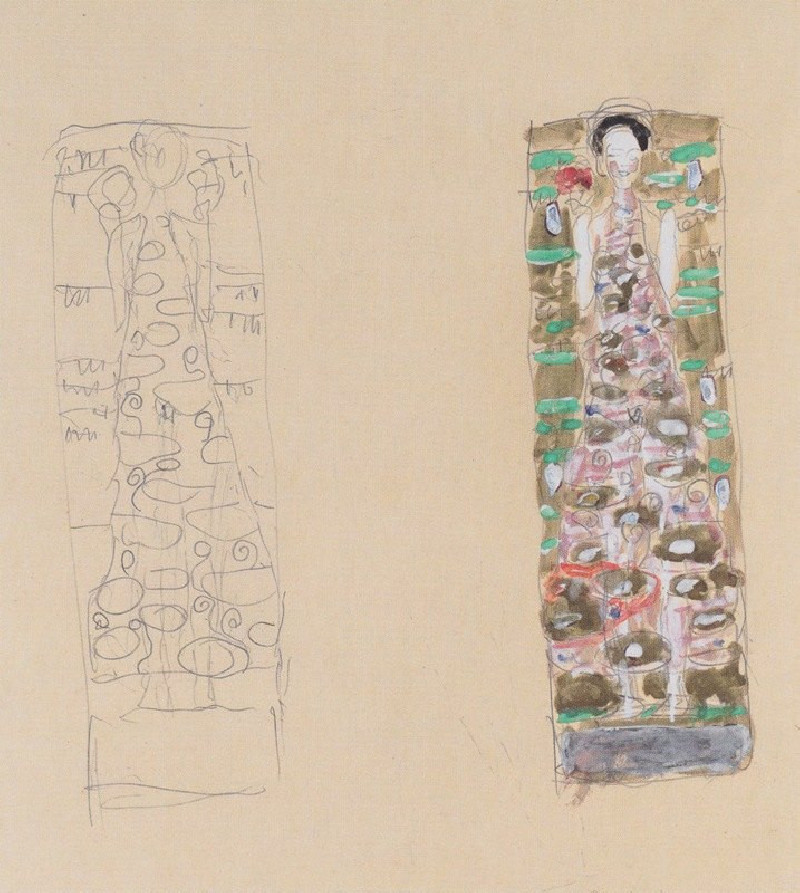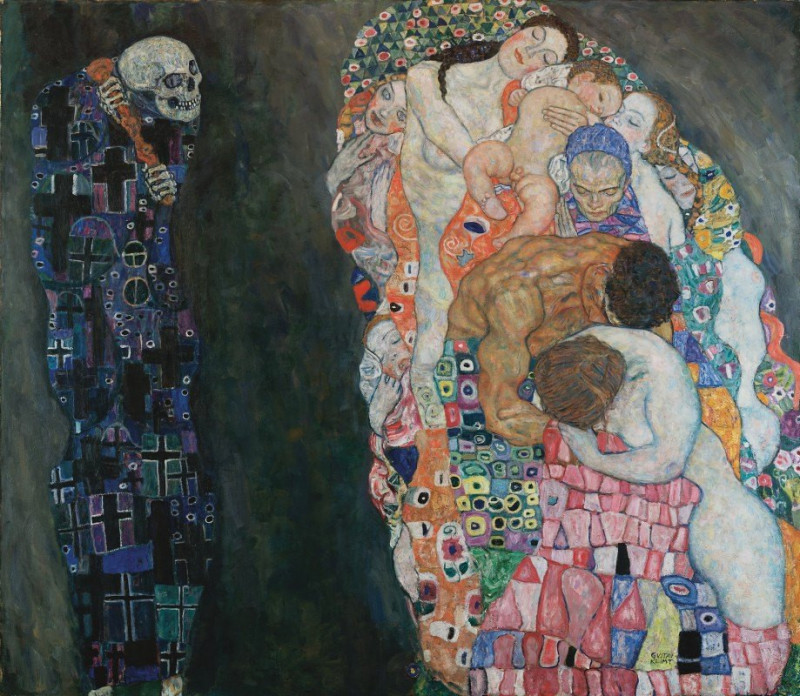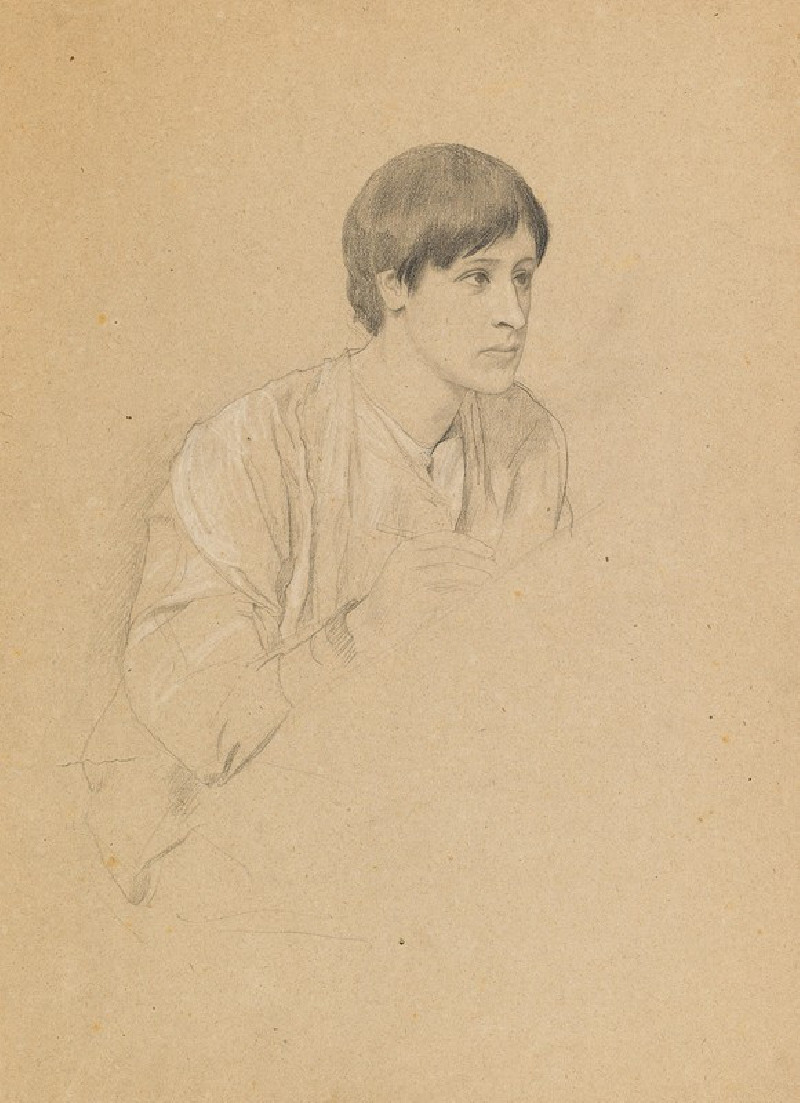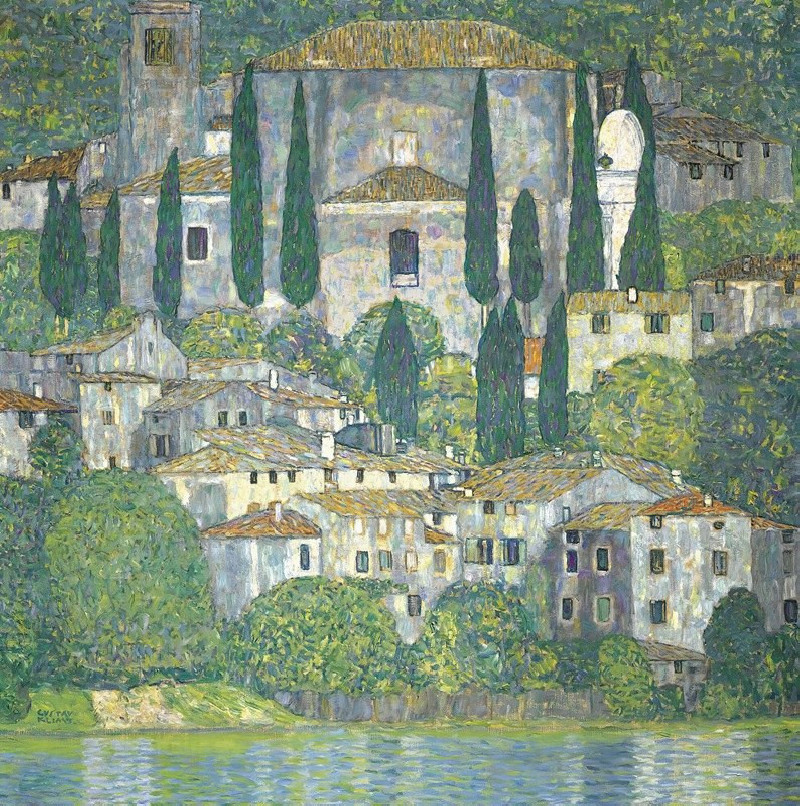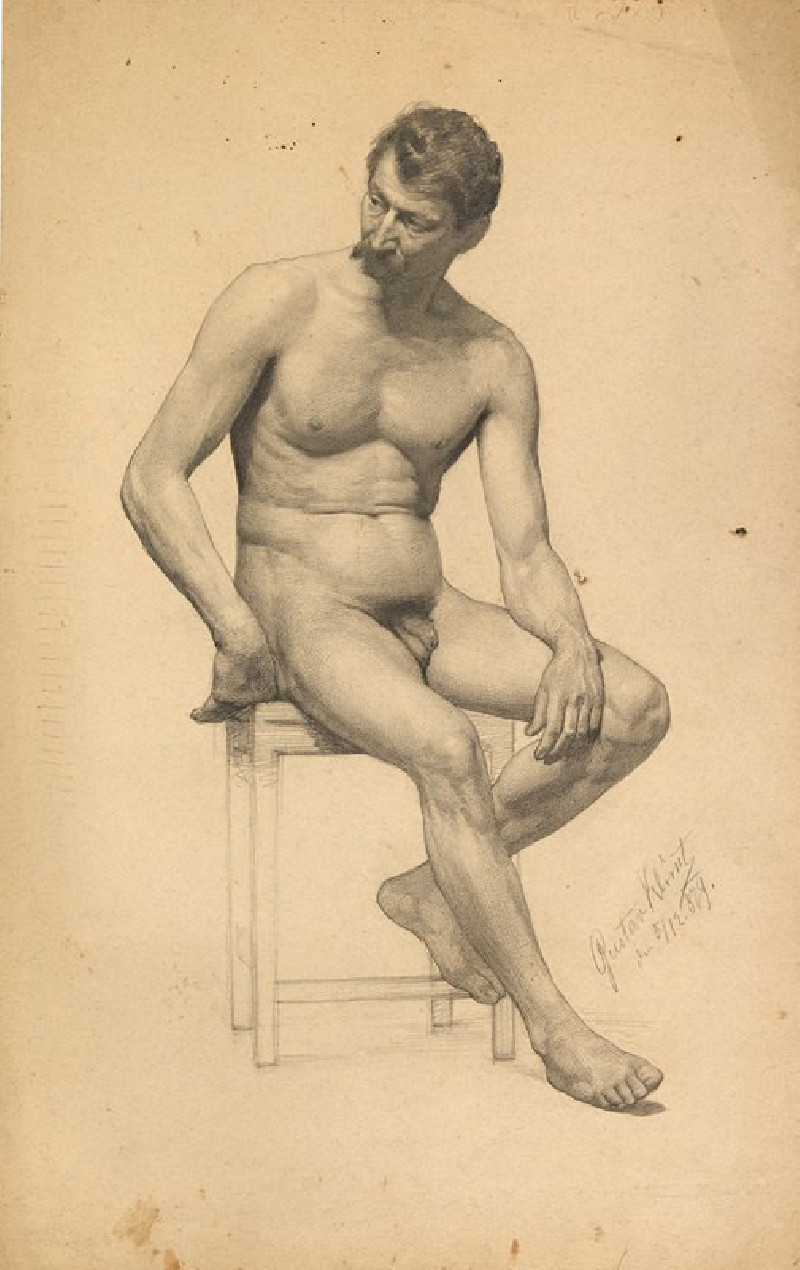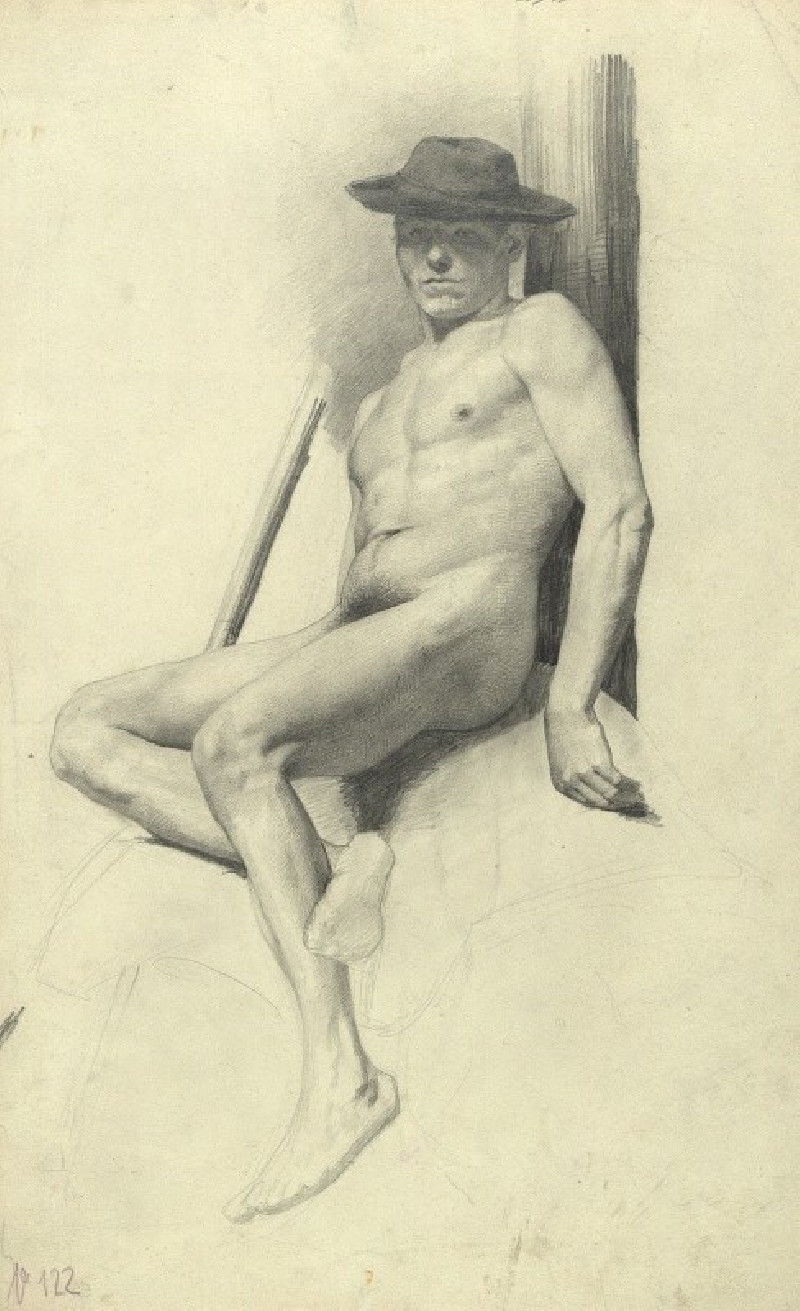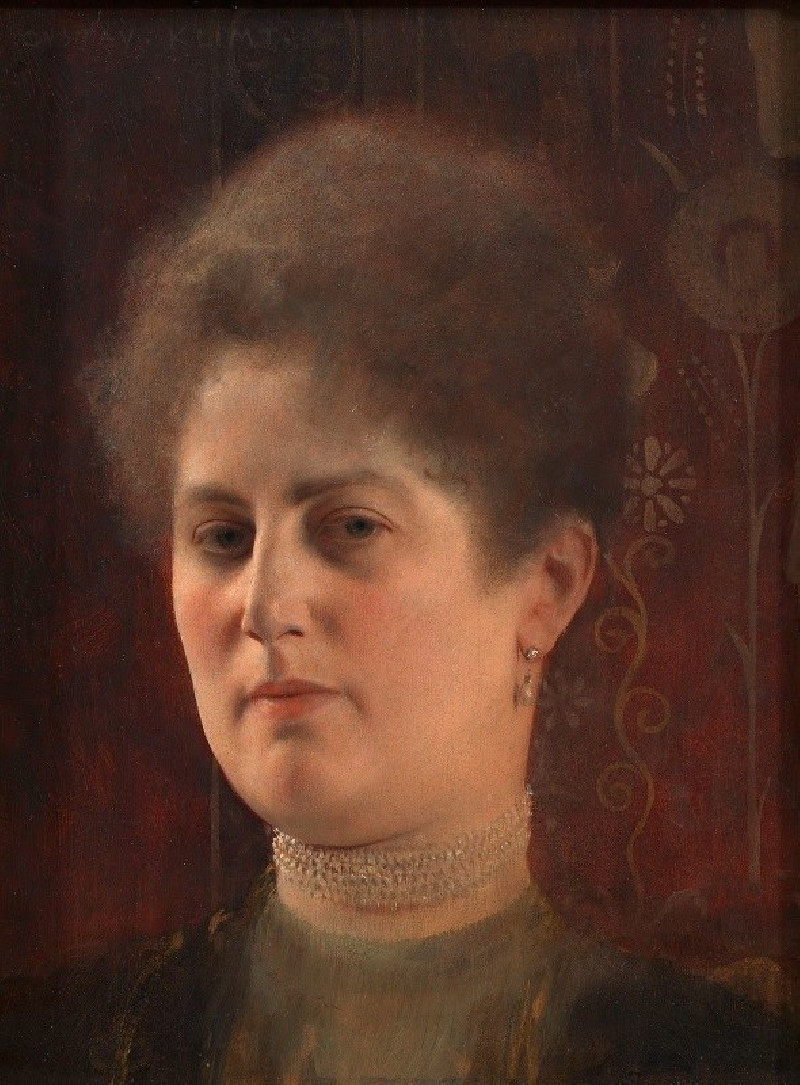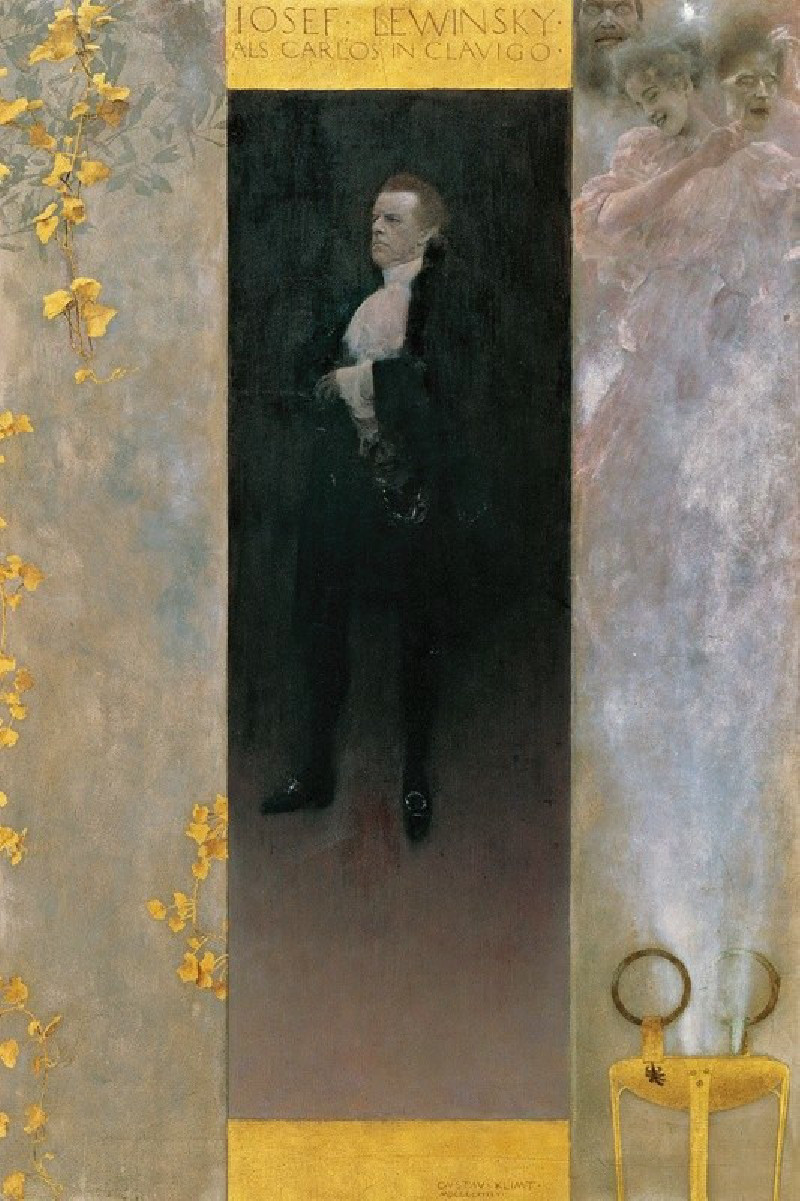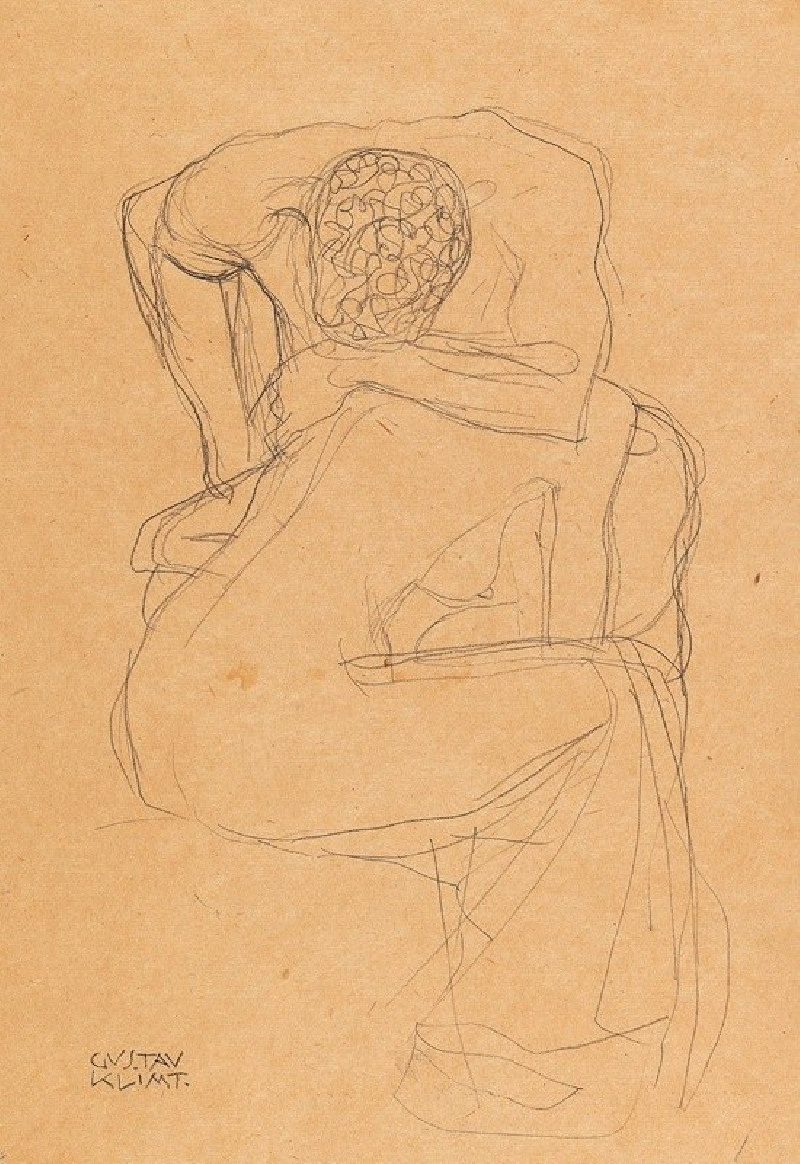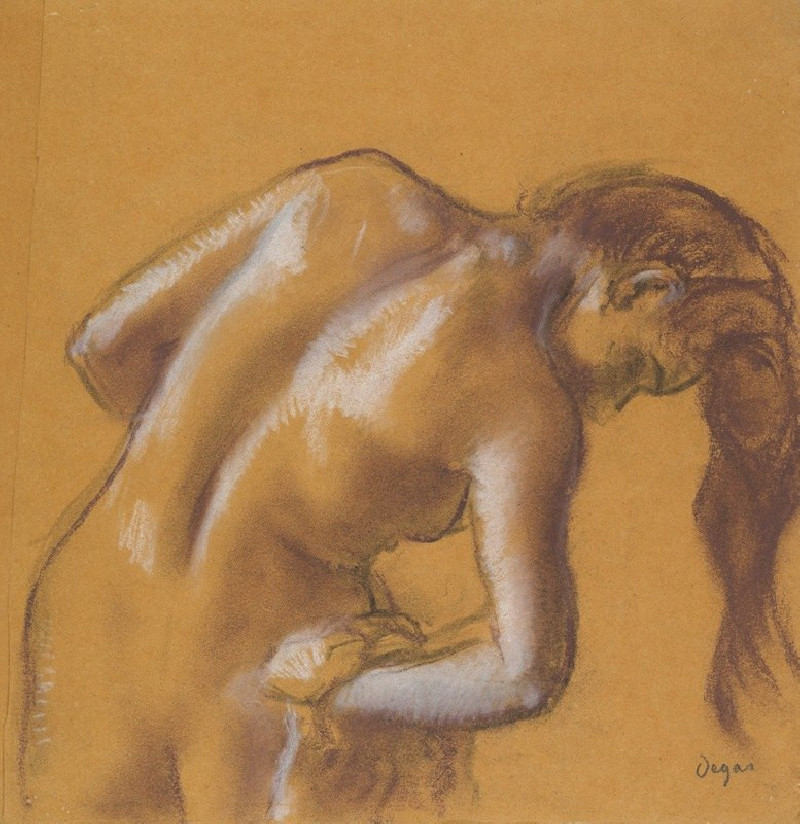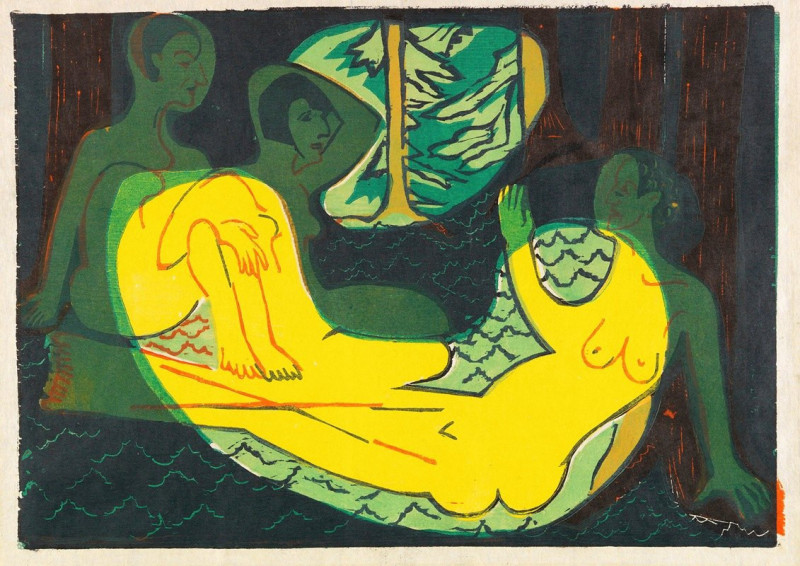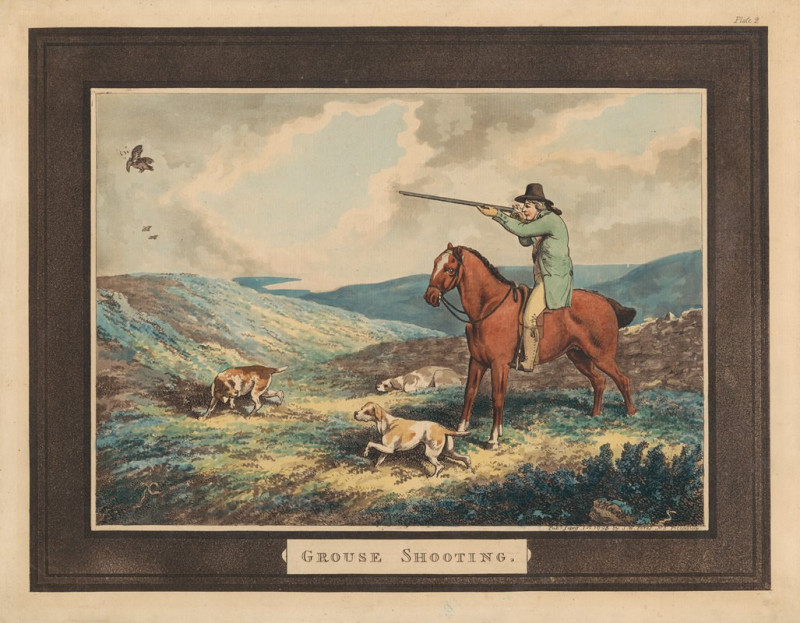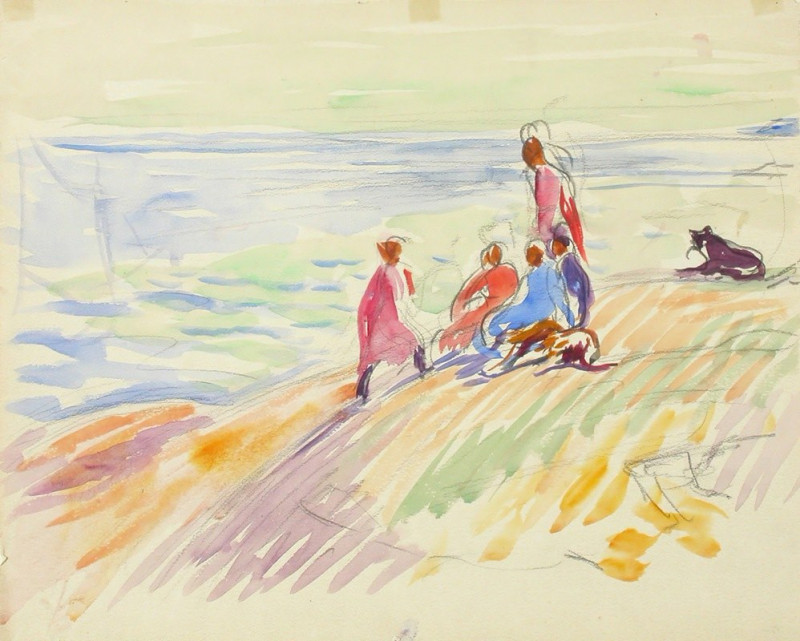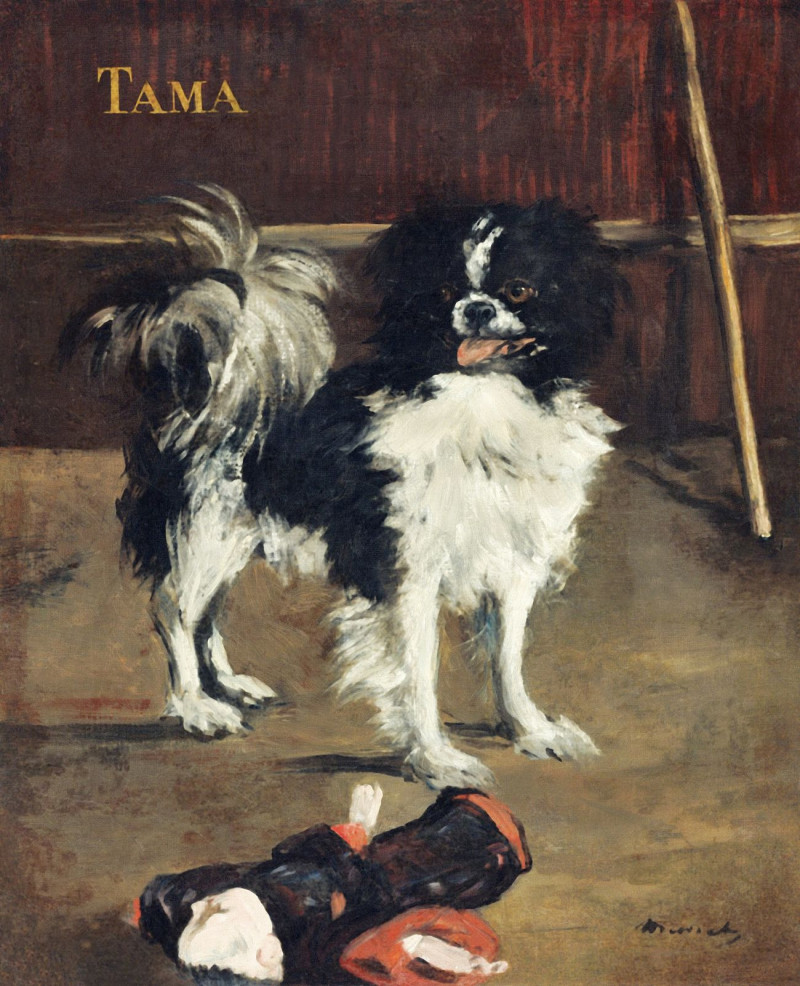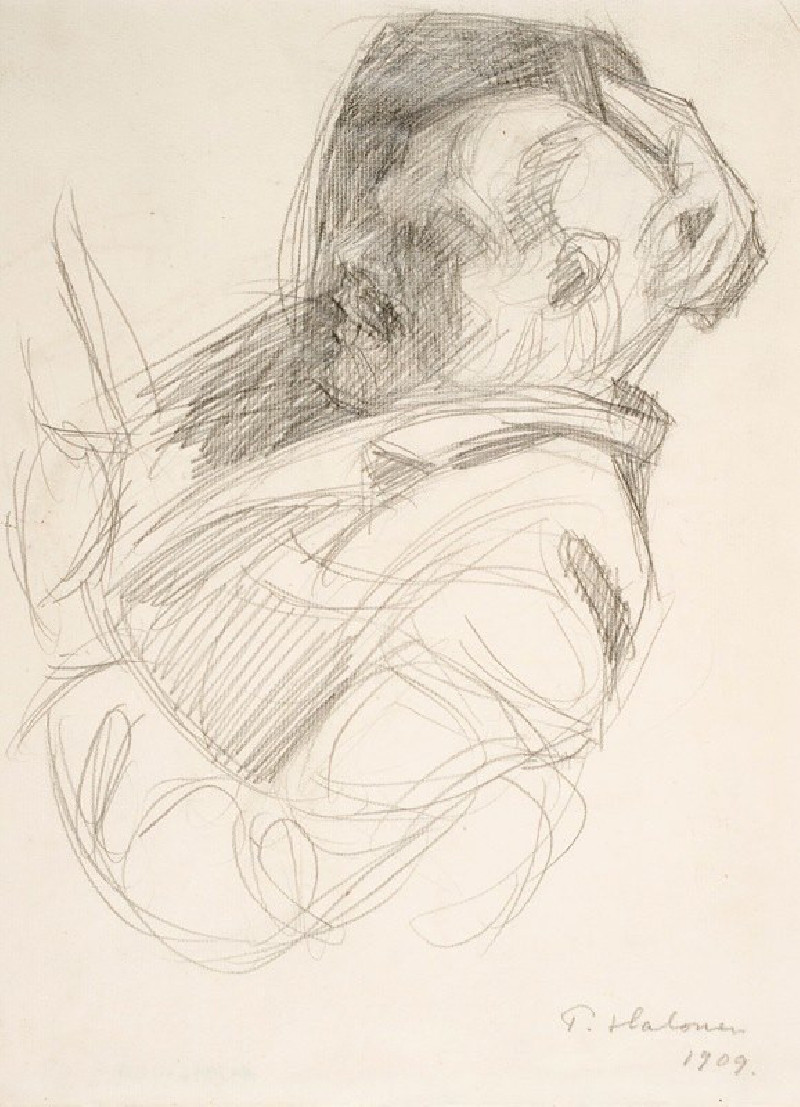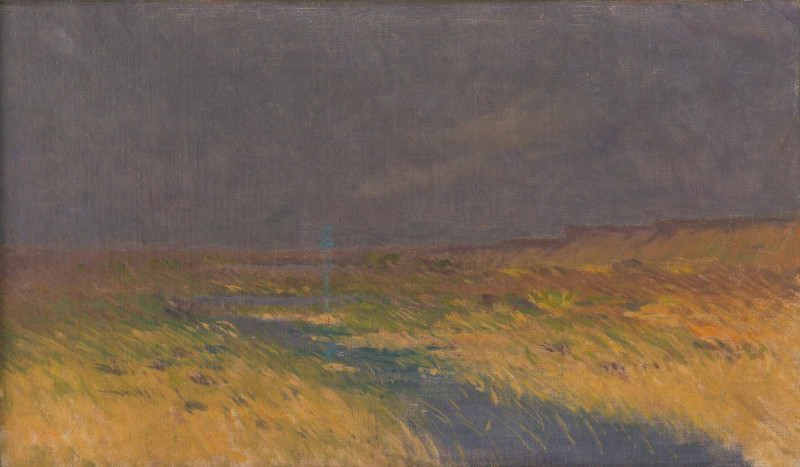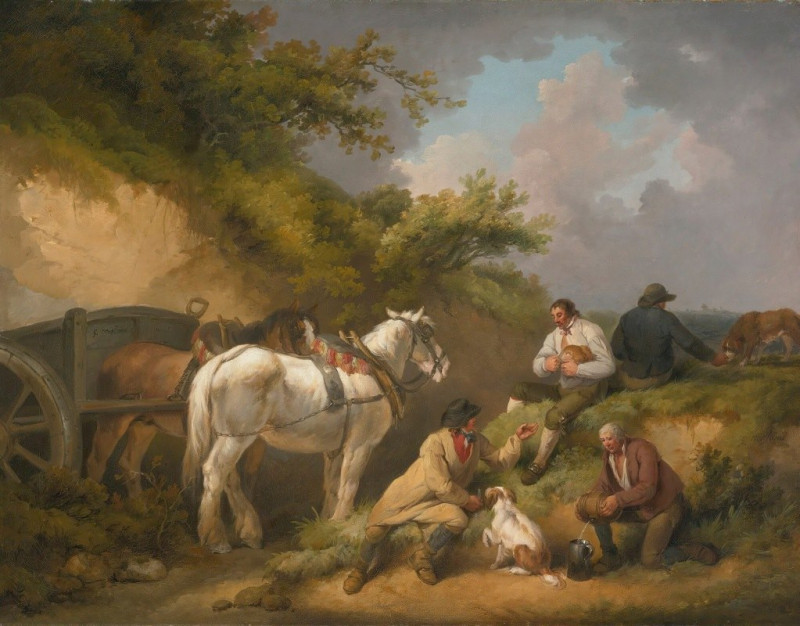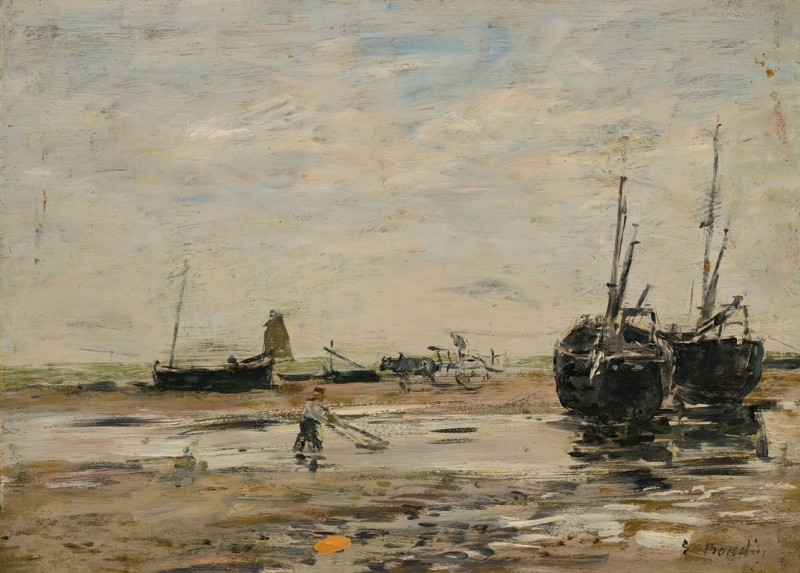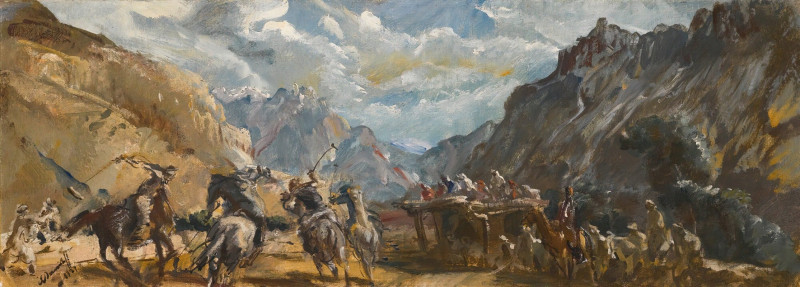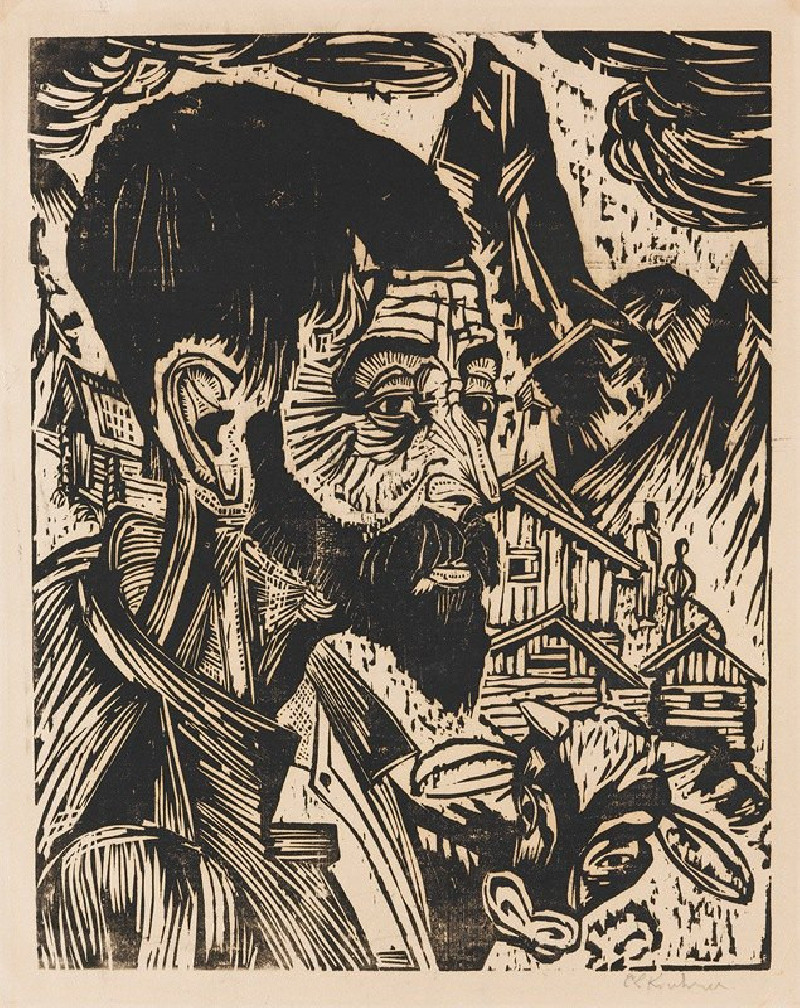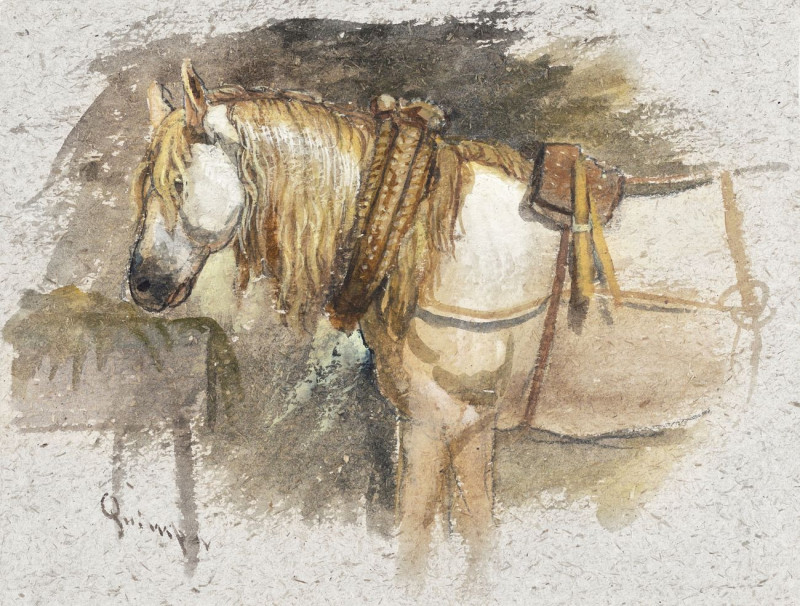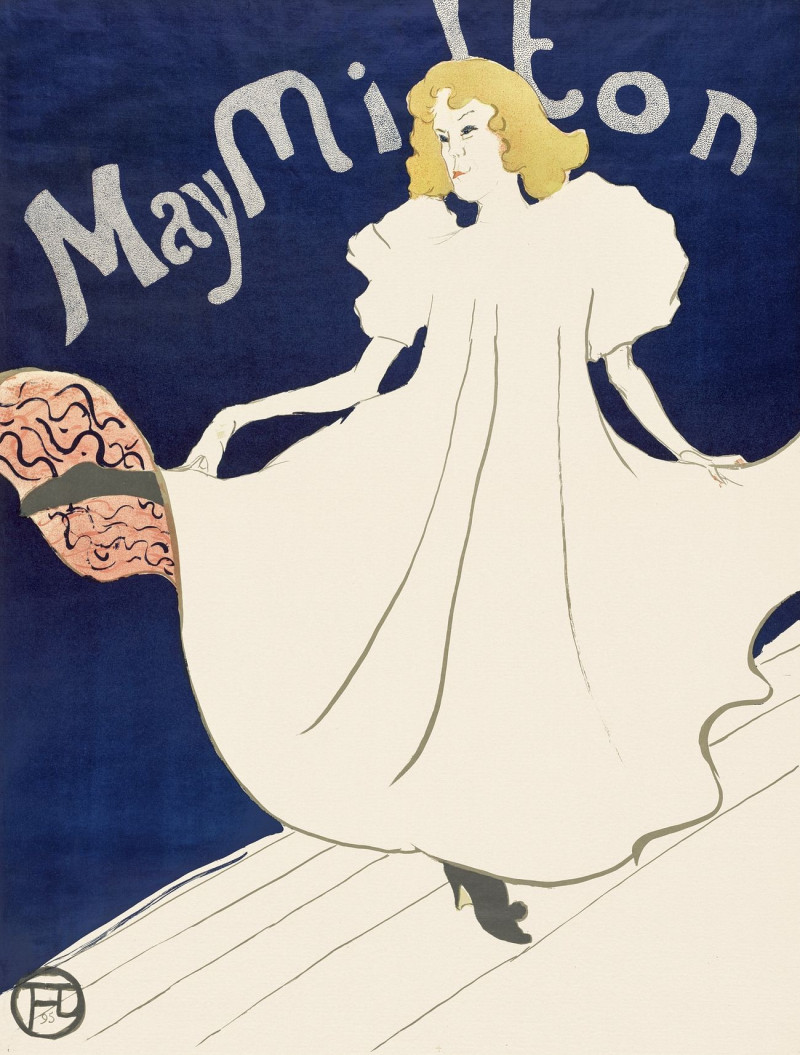Sunflowers (1883)
Technique: Giclée quality print
Recommended by our customers
More about this artwork
Sunflowers (1883) by Gustav Klimt invites viewers into a lush, vibrant depiction of nature’s enduring beauty. In this painting, Klimt focuses on a vivacious scene dominated by a tall sunflower towering above a colorful carpet of blooming flowers. The sunflower, with its large, open face turned upward, is rendered with remarkable detail and contrast, allowing it to stand out against a speckled mosaic of green foliage that seems to shimmer with life.Klimt's use of texture is particularly noteworthy; the thick application of paint creates a tactile quality that enhances the organic feel of the scene. Around the base of the sunflower, an array of smaller flowers bursts forth in a riot of colors—pinks, blues, whites, and yellows—each dab of paint meticulously placed to suggest depth and density.This artwork reflects not only Klimt’s extraordinary skill as a painter but also his deep appreciation for the natural world.
Delivery
Returns
Gustav Klimt (1862–1918) was one of the greatest Austrian symbolist painters of the Art Nouveau era. Renowned as one of the most prominent founding members, and as a president of the Vienna Art Nouveau movement (Vienna Secession). His works were mainly paintings, murals, and sketches. Marked by his numerous erotic drawings, Klimt's primary subject were female figures, and at one point his work was even criticized as pornographic. Klimt found financial success in his "Golden Phase" with decorative techniques and the prominent use of gold leaf in his paintings.

